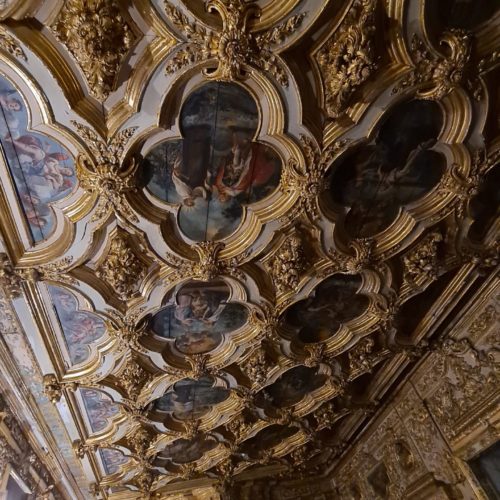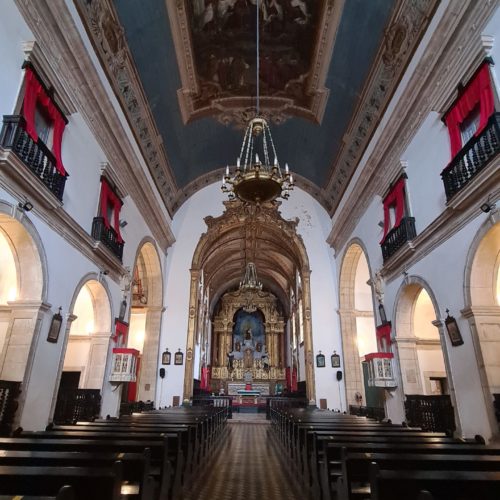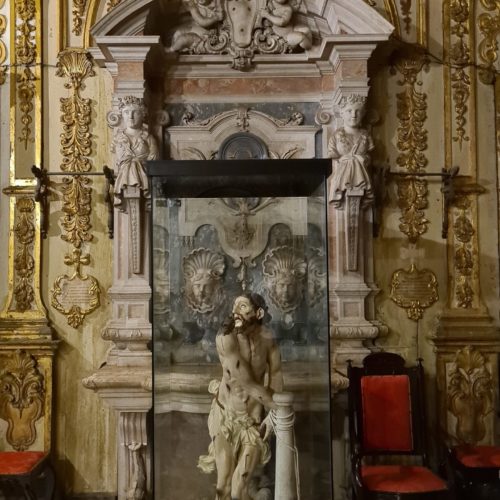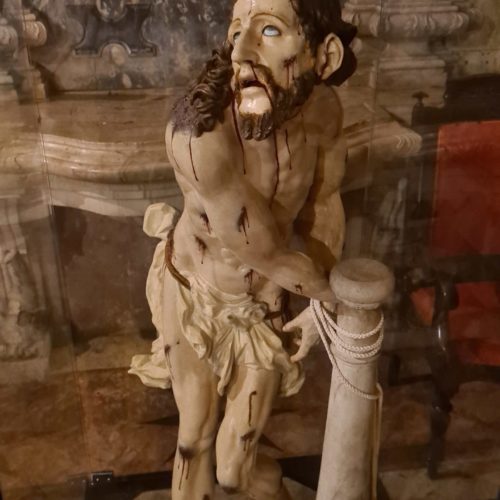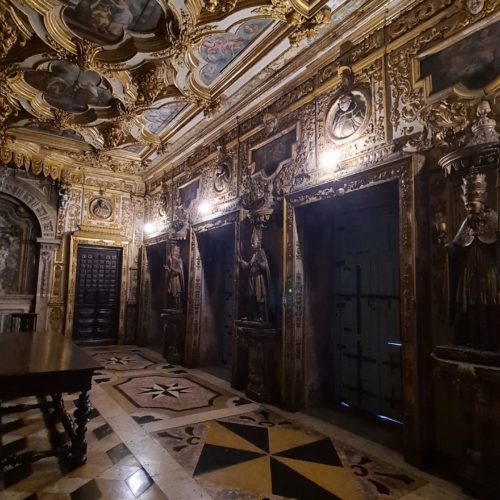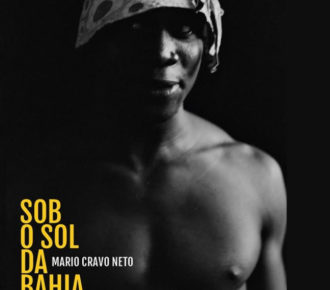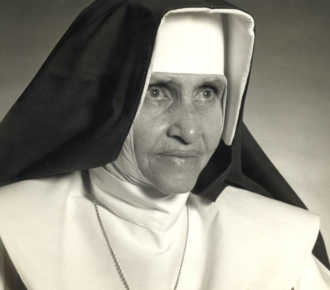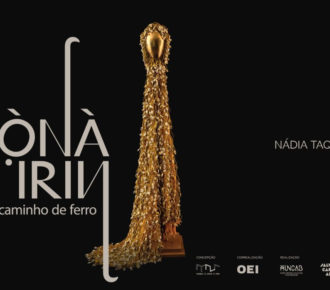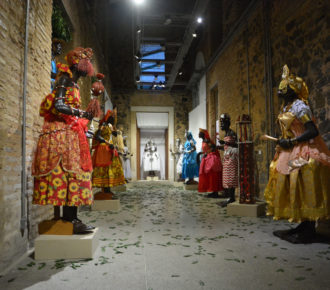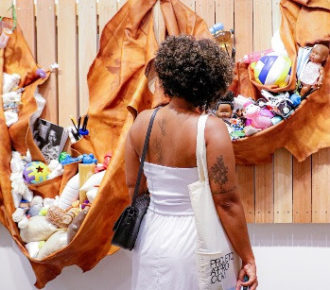
The Catholic temple with one of the most beautiful sacristies in the world
Built in the early 17th century, in neoclassical style, the Church of Our Lady of Carmo has one of the most beautiful sacristies in the world. The convent is the largest of the Carmelite Order in the world, having two cloisters and 80 cells, and part of them housed the first luxury historical hotel in Brazil*.
The Church of Carmo, linked to the Carmelite convent, was founded in 1585, on Rua do Carmo. In this convent, the surrender of the Dutch was signed. The church has an image of Our Lady, by Chagas, known as “o Cabra”, one of the greatest sculptors in Brazil. The altar is made of silver, as is the tabernacle. There, there is also the chair where D. João VI sat to attend religious services. Inside the church, in the chapel of Our Lady of Piedade, the poet Junqueira Freire and the Count of Bagnuoli, hero of the expulsion of the Dutch, are buried.
The sacristy, rich in gilded wood works that multiply around the ceiling panels, reproducing the life of Saint Elias, became unique in Brazil for the size of the set. In addition to a 17th century bronze crucified, imposing statues of the Popes São Telésforo and São Dionísio and the Bishops São Pedro Tomaz and Santo André Cursino, great Carmelite dignitaries, stand out. The furniture is also magnificent, with rosewood cabinets with handcrafted silver handles.
Today, there is also the wonderful Christ in the Column, by Chagas, o Cabra, the greatest Bahian sculptor of all past times.
The Dutch Surrender
The main historical event related to the Convent of Carmo took place when Salvador was invaded by Dutch troops, in 1624. The building was transformed into the headquarters of the Portuguese-Hispanic-Brazilian troops.
The city of Salvador had a large defensive network, in which there were several fortified “gates”. And the epicenter of the resistance took place precisely in “Portas do Carmo”. After several months of siege, the invaders were defeated, and the surrender was signed in the room where the current sacristy of the church is. The Convent of Carmo then became a reference in the defense of the city.
Service
Address: Rua do Carmo – Santo Antônio Além do Carmo
Phone #: 71 3242-0182
Visitation: Monday to Friday, from 7am to 5pm and Saturday 8am to 12pm / For free
*Transforming convents into hotels is common in Europe, but in Brazil it is rare.

